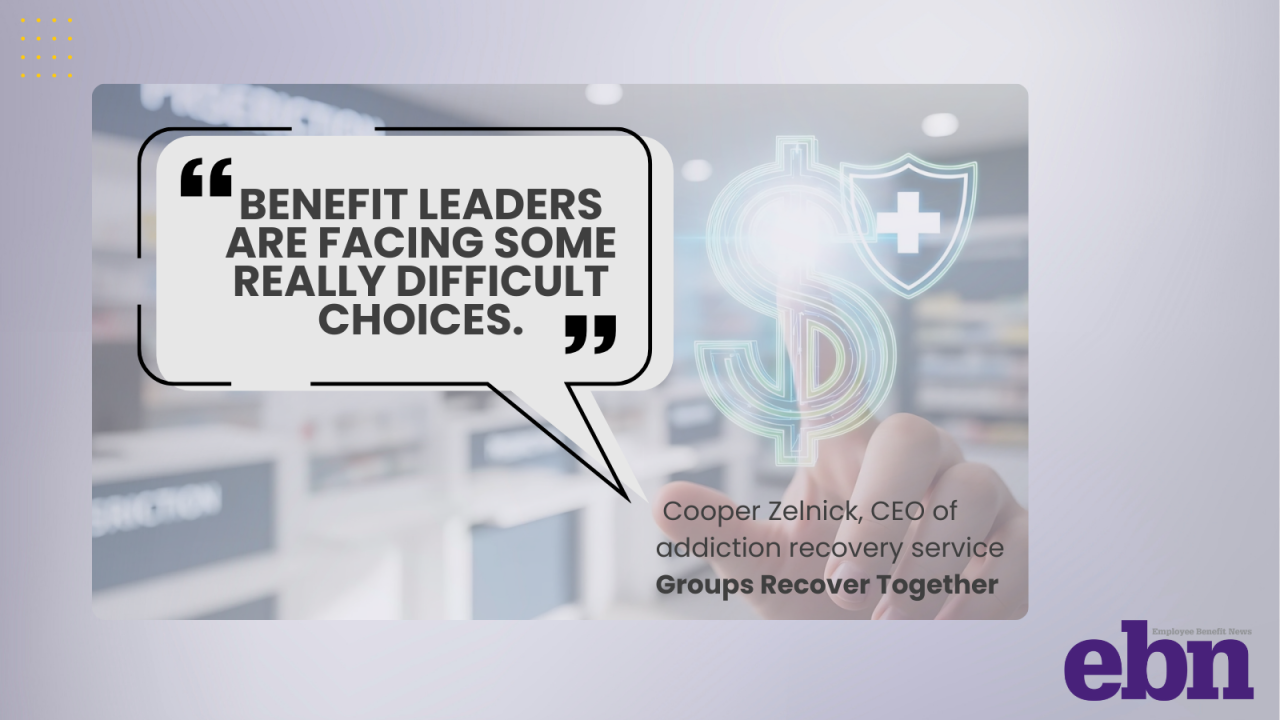The
While the causes are complex, two key drivers stand out: Pregnancies are becoming higher risk, and
The rise in pregnancy risk is fueled by growing rates of comorbidities, such as
At the same time, the average maternal age is increasing, and use of fertility treatments has grown exponentially as a result of increased insurance and benefits coverage. And while fertility advancements are remarkable, they also bring a greater risk of complications, such as preeclampsia and cesarean deliveries.
Read more:
The cumulative result of these trends is that pregnancies are becoming riskier for women, leading to worse outcomes for both mothers and babies, while also becoming costlier for both employers and the overall healthcare system.
Making matters worse, evidence-based maternal care is increasingly out of reach. Maternity care deserts are spreading — even in urban areas — forcing many women into long wait times, ER visits, or skipping prenatal or postpartum care altogether.
These pressures converge to create a dangerous reality: missed risks, delayed interventions, and poor outcomes — all made worse by a fragmented system that treats maternity care as isolated episodes rather than a continuous journey. As a result, women are left to navigate a fragmented system with little monitoring or support.
One of the most costly results is the rise in NICU admissions. With stays averaging over $76,000 and growing steadily, these events strain families and employers alike.
When I share this picture with benefits leaders, the question I often hear is: What can realistically be done about a problem this big? It's a fair reaction; the scale and complexity of the crisis can make it feel overwhelming, even unfixable.
Read more:
Adding to the complexity, benefits leaders face a flood of point solutions, many with overlapping promises and vague outcomes. But when it comes to medical care, there should be no ambiguity: Accountability for both services and outcomes is essential. Claims-based evidence should be the baseline.
The good news is that we know how to address these challenges. A strong body of evidence shows that pregnancy complications can be effectively managed with timely, high-quality interventions. Early screening, consistent monitoring, patient-centered care, and round-the-clock access to skilled medical teams significantly improve outcomes.
And importantly, this level of care is no longer limited by geography or provider shortages. Research shows that telemedicine now enables ongoing, comprehensive, and personalized care that supplements in-person visits with an OBGYN. In fact, ACOG recently issued
Read more:
This crisis is solvable, but only if we rethink our approach. Pregnancy is more complex than ever, yet access to care remains insufficient. Benefits leaders must advocate for solutions that not only mitigate risk but also eliminate barriers to care. This is vital for building a sustainable future for all — patients, employers and providers alike.
By expanding access to personalized, high-quality care with true accountability, we can reduce costs, improve outcomes, and, most importantly, ensure a safer future for mothers and babies.






